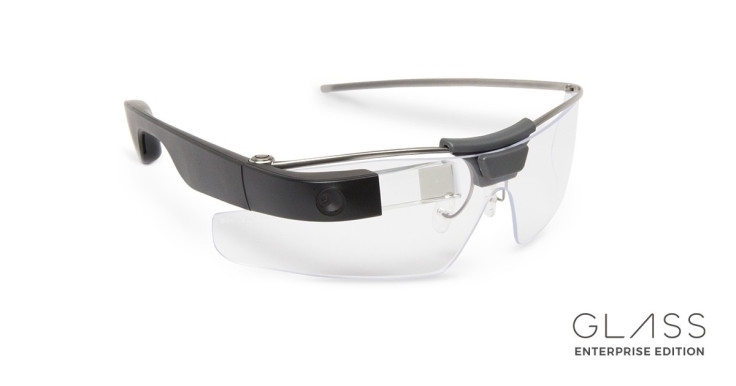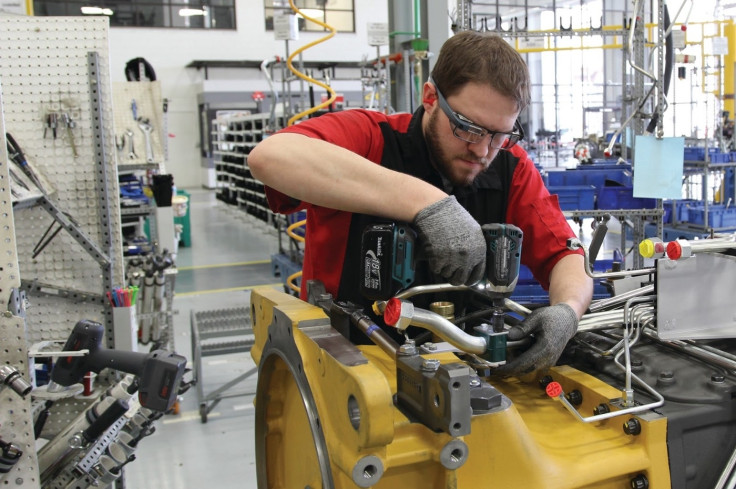Google Glass 2: The eyewear strikes back with Enterprise Edition
Nerdy smart glasses return to revolutionise the factory floor.

Years after it became safe to assume Google Glass was a wacky idea too far for the search giant, parent company Alphabet and its X skunkworks division is back for a bite of a very different cherry.
Instead of trying again to target the nerdy £1,000 eyewear at well-heeled hipsters and tech-savvy early adopters, Google is now focusing Glass 2.0 on industry, starting on the factory floor.
Called Google Glass Enterprise Edition, the new wearable might not be a surprise to everyone. In March this year a tractor factory in Atlanta, US revealed it had been using the hardware to help workers on the assembly line.
At the time, AGCO could only show its workers using the original Glass, but now Google has pulled the covers off its new version. Claimed to be improved upon in every way, Glass Enterprise Edition (or Glass EE for short) has better battery life, a higher resolution camera, a faster, more reliable and more secure Wi-Fi connection, a faster processor, and the ability to connect to approved safety glasses.
The device is also lighter than before, weighing the same as a regular pair of glasses, Wired reports. A new light shines red when video is being recorded, stemming privacy complaints aimed at the original Glass.
Finally ignoring the consumer market, Google has designed Glass EE to work best on the factory floor. At AGCO, which manufacturers farm vehicles for brands like Massey Ferguson, workers say "Okay Glass, proceed" to bring up instructions for their next task. Glass tells them which components to use, which bolts fit where, and how much torque to apply to each. Any damaged items can be quickly photographed and logged with the quality control department.
This saves workers from leaving the assembly line and walking 50 feet to use a computer, which may or may not be available when they need it. AGCO once tried to include tablet computers, but even toughened factory-ready hardware was quickly broken.

The company also found Glass EE dramatically reduced training time for new employees, down from 10 days to just three thanks to the eye-level instructions.
Jay Kothari, project leader of Google's 'Glass in the workplace' division, told Wired: "This isn't an experiment. It was an experiment three years ago. Now we are in full-on production with our customers and with our partners."
AGCO currently has just over 100 Glass EE units, having paid between $1,300 and $1,500 (£990 and £1,150) for each one. But it now has plans to order between 500 and 1,000 more over the next 18 months. DHL, the German logistics and postal company, has also trialed the new Glass and has plans to roll it out to staff in 2,000 warehouses around the world.
As of today, Glass EE is available to companies beyond those involved in the trial. Kothari said in a blog post: "Together, we're looking forward to seeing more businesses give their workers a way to work faster and in a more focused way, hands-free."
© Copyright IBTimes 2025. All rights reserved.






















